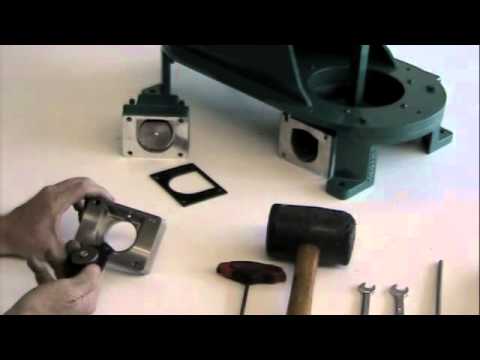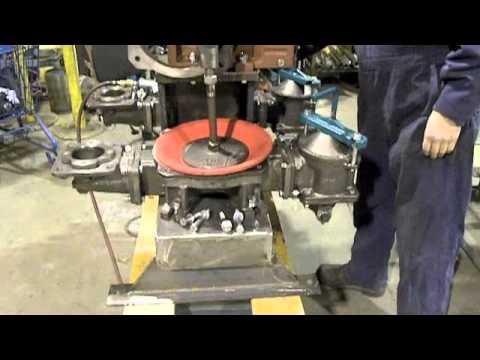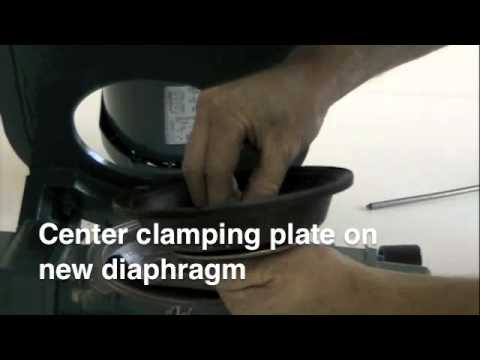Maintenance: Pump Storage
Storage in Freezing Climates
- During freezing weather, it is especially important to follow these procedures to prevent ice from cracking the diaphragm pump:
- Drain all of the water (or liquid) from the pump body after use.
- Follow pump motor or engine manufacturer's storage instructions.
Outdoor Pump Storage
- Provide adequate cover with proper ventilation
- Place the pump rod in the up position to drain water from the cavity above the diaphragm
Other Storage Procedures
- Any metallic equipment can be subject to water condensation as result of fluctuating ambient temperatures during storage
- Fluctuating temperatures can cause severe rusting which will either detract from the appearance of the equipment or contribute to premature failure.
Other Recommendations
- The suggestions that follow are provided for guidance in securing satisfactory and trouble-free operation after long term storage, and are not to be regarded as an extension of standard warranty coverage
- They are on a generalized basis by product or component and the portions applying to each component or product should be used
- A motor driven gear reducer, for example, will require reference to sections for gear reducers and sections for motors in determining the proper gear reducers and sections for motors in determining the proper storage conditions and protection required
- Regardless of how well protected the equipment may be, periodic inspection at intervals of one month or less should be made to determine whether or not the protection provided has been adequate. If corrosion or deterioration of coatings, protective closures, etc., becomes apparent, corrective steps should be taken immediately to improve the protection
Protecting Your Pump
- If your pump is to be stored (or installed but not started up and operated) for a long period of time, your pump should be given proper protection so that it will be in good operating condition when ready for use
- Equipment shipped by Wastecorp, has been packaged in such a way that sheltered storage under average conditions for up to three months before operation adequately protects the pumps
- If field conditions are such that storage prior to operation should occur for longer than three months, the contractor or owner must make arrangements for additional protection beyond that supplied by the Wastecorp (manufacturer)
- Customers should notify Wastecorp at the time of order if your pump will be inactive for longer than three months. In this event, the factory will take additional steps to protect your pump prior to shipment and any needed supplementary instructions will be attached
Standard Pre-Shipment Preparation
- Major pump machine components and motors have been wrapped with a reinforced plastic covering which should be left in place until the unit has been mounted in its permanent location indoors
- Continuing protection will be provided during installation of other equipment, area painting, etc., if the covering is left in place during attachment of piping and electrical connections, with slits or holes made where required to gain access for making such connections
- All exposed machine parts have a coating of anti-seize lubricant. The diaphragm chamber and parts within it have been coated with anti-seize, which will also protect the walking pin bushings
- The grease coatings and oil level in the lubricator should be maintained during storage.
Pump Lubrication
- The entire pump has been greased by Wastecorp prior to shipment
- All motors, gear boxes, and grease fittings have been lubricated according to their manufacturers' specifications
- Grease fittings are covered, and should be left on their fittings and used to re-cap the fitting between lubrication
 Learn how to change the flapper valves on a Mud Sucker 2FA Series watch video
Learn how to change the flapper valves on a Mud Sucker 2FA Series watch video  See the correct way to change a diaphragm on a Mud Sucker 2FA Series watch video
See the correct way to change a diaphragm on a Mud Sucker 2FA Series watch video  Professional diaphragm pump maintenance is easy for your B Series pump watch video
Professional diaphragm pump maintenance is easy for your B Series pump watch video